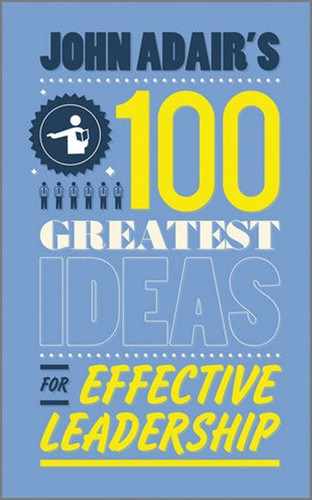Idea 44: Refining your decision-making skills
You need to be able to choose the action or course of action that is the best for you and your organization to meet its objective(s). An effective decision is one that produces the goods; that is, it gives the desired end result.
It is important to be able to project ahead, to take the expected and unexpected into account, to have contingency plans in case events intrude in such a way to turn a good decision into a bad one.
There are usually several different decisions that can be taken and pressure to decide. Decide you must, though, even if trial and error are then used to assess the decision, amend it or overturn it.
Fear of failure must not serve to make you risk averse. Rather, it should push you harder to ‘think until it hurts’.
An effective decision has these six elements:
- Defining the objective.
- Gathering sufficient information.
- Identifying the feasible options.
- Evaluating those options.
- Making the decision (choosing an option).
- Testing its implementation: by feel, by measurement and by assessment.
You should also listen to your ‘feel-right?’ test – do warning lights flash or alarm bells sound? If so, rework decision elements 1–6. Your own experience or that of others helps to develop your ‘feel’ for decisions.
A decision is only effective if it is implemented – and that means getting the desired results through people. For that, other people need to be included in the decision-making process. You need to develop your skills in appreciating when it is most appropriate to include others and when you have to make the decision on your own.
 With all decisions there are three parts to the story: making the decision, implementing it, and living with the consequences.
With all decisions there are three parts to the story: making the decision, implementing it, and living with the consequences.
